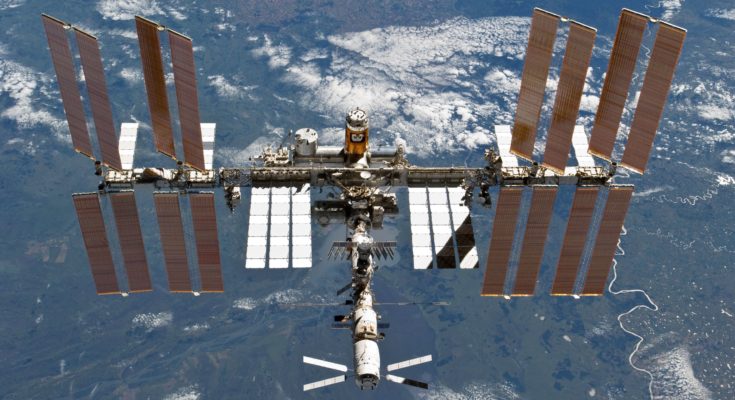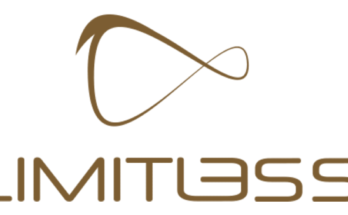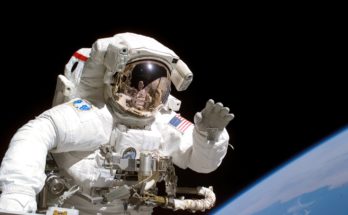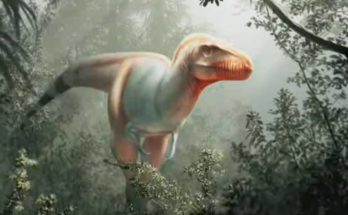A bipartisan group of senators presented another NASA approval charge Nov. 6 that would broaden the life of the International Space Station and direct NASA to have an overhauled variant of the Space Launch System prepared by 2024.
Sen. Ted Cruz (R-Texas), seat of the Senate Commerce Committee’s space subcommittee, presented the NASA Authorization Act of 2019 Nov. 6. Consponsoring the bill are the subcommittee’s positioning part, Sen. Kyrsten Sinema (D-Ariz.) alongside the seat and positioning individual from the full board of trustees, Sens. Roger Wicker (R-Miss.) and Maria Cantwell (D-Wash.)
“As chairman of the aviation and space subcommittee, I’m proud to lead bipartisan legislation that continues our nation’s bold vision for science and space exploration,” Cruz said in an announcement about the bill.
The legislation officially approves NASA to burn through $22.75 billion in financial year 2020, a similar sum incorporated into an appropriations bill passed by the Senate Oct. 31. Progressively significant, however, are the arrangement arrangements incorporated into the bill tending to different aspects of the office.
The bill highlights language officially approving an augmentation of ISS activities through 2030. Comparative language was incorporated into a year ago’s Space Frontier Act, which passed the Senate by consistent assent in December however neglected to win section in the House.
“By extending the ISS through 2030, this legislation will help grow our already burgeoning space economy, fortifying the United States’ leadership in space, increasing American competitiveness around the world and creating more jobs and opportunity here at home,” Cruz said.
While broadening the ISS, the bill likewise advances commercialization of low Earth circle. “The Administrator shall establish a low-Earth orbit commercialization program to encourage the fullest commercial use and development of space by private entities in the United States,” the enactment states, including both animating interest for LEO capacities and business offices on the ISS and free of it. The bill approaches NASA to “maintain a national microgravity laboratory in space” after the decommissioning of the ISS.
A related arrangement for the ISS is language broadening NASA’s waiver from the Iran, North Korea and Syria Nonproliferation Act so the office can keep on working with Russia on the ISS, including the potential acquisition of extra Soyuz seats. The bill expands that waiver, at present set to lapse toward the finish of 2020, as far as possible of 2030.
In exploration, the bill to a great extent pursues NASA’s arrangements for building up a lunar Gateway and returning people to the moon. In any case, it guides NASA to build up the Exploration Upper Stage (EUS) for the SLS, an arrangement known as Block 1B, in time for the third dispatch of the SLS. NASA, in a declaration a month ago about a proposed agreement with Boeing for long haul generation of the SLS, said that the EUS would be utilized beginning with the fourth SLS strategic 2025.
In science, the demonstration would guide NASA to keep on building up the Wide-Field Infrared Survey Telescope (WFIRST), which the organization looked to drop in NASA’s financial year 2020 spending demand in light of overwhelms on the James Webb Space Telescope. The bill sets a cost top of $3.2 billion for the mission.
The bill additionally guides NASA to seek after a space-based infrared telescope, to be propelled by September 2025, to look for close to Earth space rocks. NASA reported in September its purpose to grow such a rocket, in view of the recently proposed NEOCam strategic, a coordinated task instead of as a contended mission.
The demonstration expects NASA to build up an arrangement before the finish of 2021 on how it will play out a flight exhibit of atomic warm impetus innovation by 2024. Language in isolated allocations bills has given financing to such work and furthermore set a 2024 cutoff time for a flight exhibit, yet gave not many subtleties on how that innovation, which could essentially diminish travel times for Mars missions, would be tried.
Senators, who held a conference Nov. 5 on NASA’s role in science, innovation, designing and math (STEM) training, direct NASA to keep up an Office of STEM Engagement (in the past Office of Education) and different programs run by that office, for example, the National Space Grant College and Fellowship program. NASA has looked for, in its financial year 2020 spending demand just as those for the earlier two years, to close the office.
“This bill also expands NASA’s important role in inspiring and educating the next generation of the nation’s STEM workforce so that America has the people necessary to keep pushing the boundaries of innovation,” Cantwell said in an announcement about the bill.
Cruz said in the statement that he trusts that the bill can pass the Senate not long from now. The House has been chipping away at its own variant of a NASA authorization bill but has yet to introduce it.
Disclaimer: The views, suggestions, and opinions expressed here are the sole responsibility of the experts. No Just Examiner journalist was involved in the writing and production of this article.




